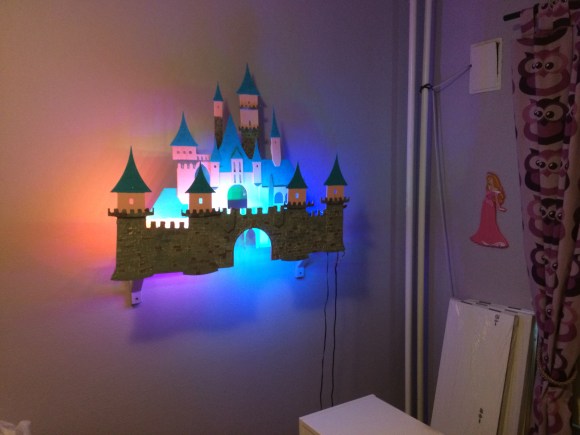Mechaduino- Closed Loop Stepper Servos For Everyone
Is it something in the water, or have there been a lot of really cool servo projects lately? Mechaduino is a board that sits on a regular stepper motor and turns it into a servo with a closed loop control of 0.1degree.
Whenever we post something about using cheap brushless motors for precision control, someone comments that a stepper is just a brushless motor with a lot of poles, why not just control it like one. That’s exactly what the Mechaduino does. They also hint at doing something very clever with a magnetic encoder on the board which allows them, after a calibration routine, to get the accuracy they’ve promised.
T
he Arduino-sounding bit of the name comes from their full compatibility with the Arduino development environment. The brains of the board is the compatible, SAMD21 ARM M0+ chip. They wanted the board to be as accessible as possible. On top of this, it also allows the user to use any control algorithm they want for the board. Most industrial controllers are limited to PID control, for returning to the last sent position. Opening up the control allows for interesting applications, such as motors that behave like mass spring damper systems, or electronically gearing the input of one stepper to the output of another.
The board supports lots of standard communication protocols, but the acceptance of regular stepper inputs make it extra interesting. It can become a drop-in replacement for the motors on a normal CNC or 3D printer, which have full closed loop control as shown in the video after the break.
They intend to keep working on the project until it gets to a level where they could kickstart it. However, rather than vaguely promise an open source release sometime after the launch like some have done, interested readers can skim all the design files off their GitHub and get to playing with it today. Firmware and Hardware.
Filed under: cnc hacks








 The machine’s work area weighs in at 160*160mm with a height of 25mm. Its the table is moved around with a pair of NEMA17 motors and M8 stainless steel threaded rods. Motor control is done with a pair of Arduino’s but they also do double duty with one processing G-code while the other handles the keypad and LCD interface.
The machine’s work area weighs in at 160*160mm with a height of 25mm. Its the table is moved around with a pair of NEMA17 motors and M8 stainless steel threaded rods. Motor control is done with a pair of Arduino’s but they also do double duty with one processing G-code while the other handles the keypad and LCD interface.

